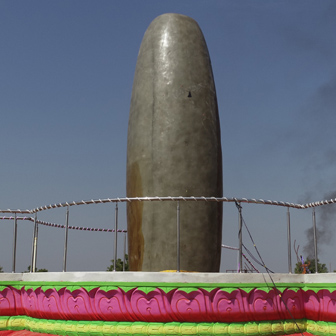Mahashivratri Meditation Sadhana
- Sit in a normal meditaive posture with chinmudra.
- Take a breath and look at where it originates. Pay attention to it.
- Once you’ve breathed in, notice where the breath stops.
- Hold your breath for the designated amount of time before starting the exhalation process.
- Begin to exhale and notice the way the air is expelled.
- Observe the exhalation’s focal point after having released.
- Pay attention to the interval point prior to taking another breath.
- After taking a breath, try to hold it as long as you can. Antarkumbakam is this (kumbakam means hold). During this process, you’ll be able to see the sky; while you do so, hold your breath
- After you have fully held your breath, attempt to notice the interval as you release your breath. Here, let out your air gradually.
- Now that you’ve let go of your breath, you can see the sky outside once more. Pay attention to the seconds before you inhale. It is the Bahyakumbakam, the outer sky.
- As said before, proceed with the observation of two skies and note the duration of time between each breath.
- These two heavenly skies are referred to as hridayakasham and bahyaakasham.
- Holding your breath makes your mind serene. It generates peace.
- This practice of holding and releasing breath during antar and bahya kumbakams progressively awakens the kundalini and leads to a state of calm pleasure known as Shanta bhairava.
Repeat this procedure to the perfection and proceed with the following:
Repeat this procedure to the perfection which results in attaining samadhi. The is the state of mahodaya.


